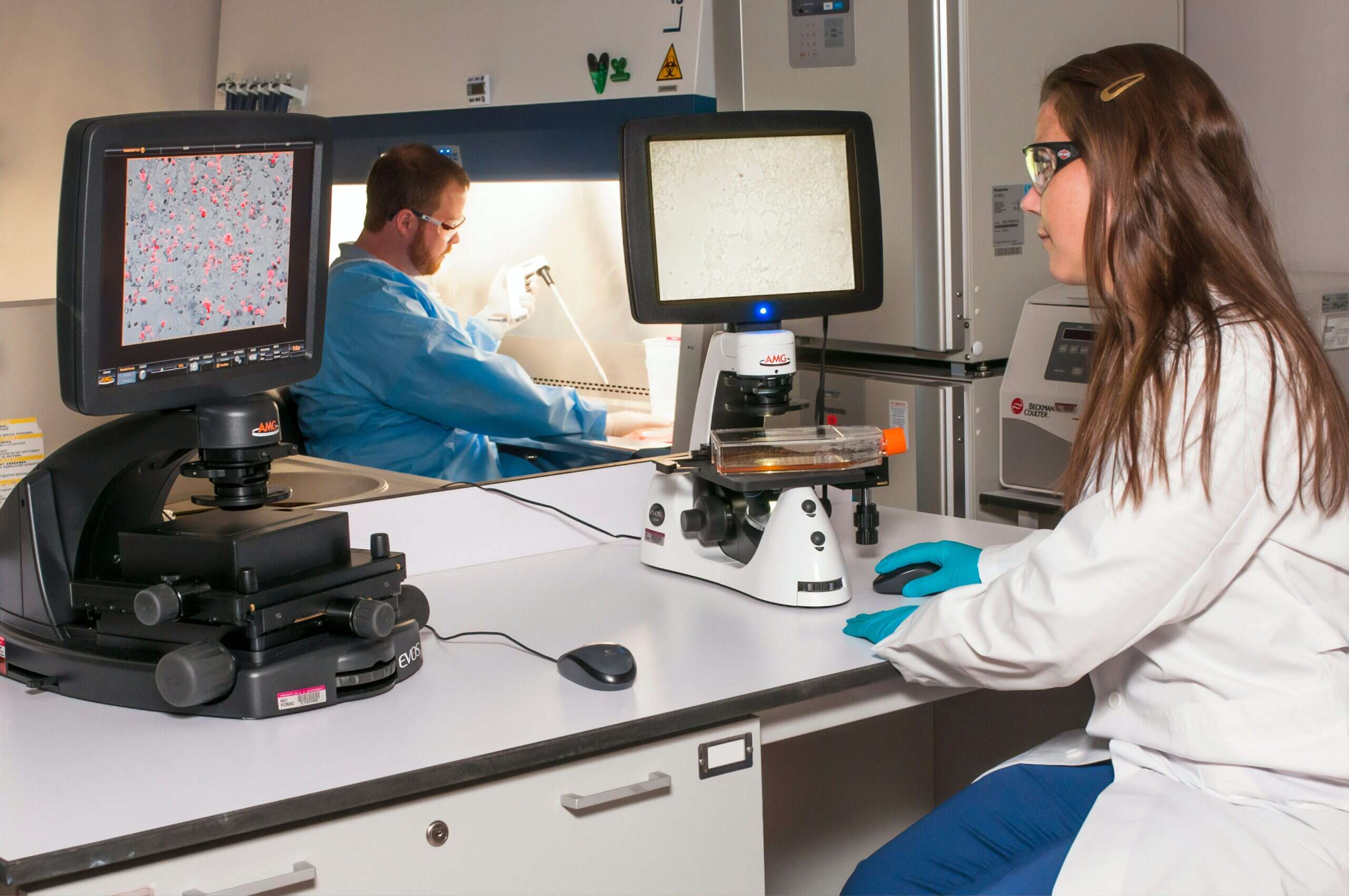Can prostate cancer be cured?
Prostate cancer is the most common cancer in males. In many cases, prostate cancer can be treated successfully with few or no side effects. But if the prostate cancer has spread beyond the prostate, chemotherapy and other treatments may not be effective. You may not want to have surgery or radiation therapy because of a reduced tolerance for pain, a history of other medical problems that could complicate treatment, or fear of incontinence after treatment.
What does active surveillance mean with prostate cancer?
Active surveillance is a decision made by thoughtful people who understand their risk factors and who have accepted uncertainty about whether they should have treatment now or wait for changes from active surveillance first.
Active surveillance for prostate cancer involves regular evaluation of the tumor, including PSA tests and digital rectal exams, as well as imaging studies to look for changes in the prostate. Active surveillance may be an option for some men with low-risk prostate cancer. During active surveillance, you and your doctor will regularly check your prostate to look for any signs of cancer progression or an increase in PSA level over time. If you are enrolled in active surveillance, you may be able to reduce your anxiety by following a plan that includes regular doctor visits and physical exams, blood tests (PSA), and perhaps imaging tests of your prostate every few months or every few years.
Who is a candidate for active surveillance?
In most cases, active surveillance is a good choice for older men with low-risk prostate cancer who have a life expectancy of less than 10 years. You might also consider active surveillance if you need to consider treatment for other reasons (for example, side effects from other treatments), if your doctor recommends it, or if you are concerned about the risks or long-term side effects of treatments.
Some men might not be able to follow this approach because:
- People who choose active surveillance must understand that they are risking missing their best chance to get rid of the cancer without suffering long-term side effects. For most patients, this means an increased chance of treatment over time. In some cases, the cancer might grow beyond the prostate before it’s recognized. If active surveillance is chosen, a decision should be made to treat the cancer if it begins to grow.
- Active surveillance is not right for everyone with low-risk prostate cancer. If you are eligible for active surveillance and decide to enroll in this approach, you will work with your doctor and your family to develop a plan that includes regular checkups and tests over time. You may need special support from a behavioral therapist or social worker or other health professional during this period.
Try now our interactive tool to help you make your decision Should I Choose Active Surveillance?

